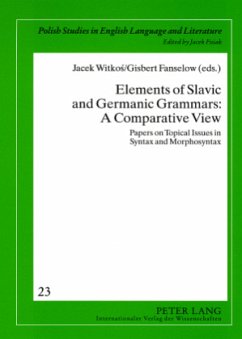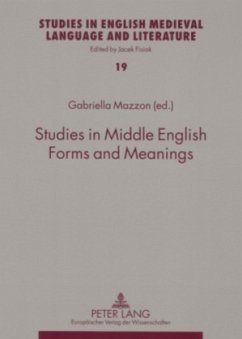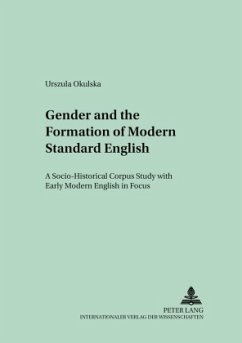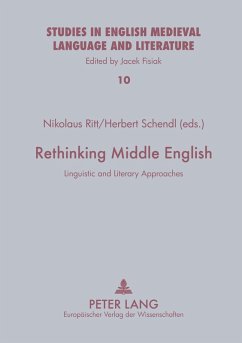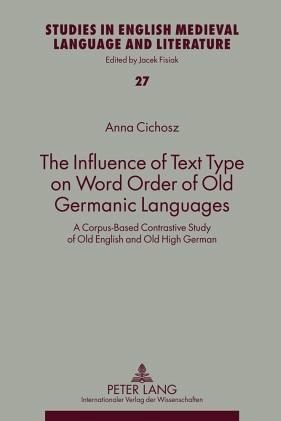
The Influence of Text Type on Word Order of Old Germanic Languages
A Corpus-Based Contrastive Study of Old English and Old High German
Versandkostenfrei!
Versandfertig in 6-10 Tagen
78,85 €
inkl. MwSt.

PAYBACK Punkte
0 °P sammeln!
The book examines the word order of two Old Germanic languages, Old English and Old High German, using a corpus containing samples of three text types: poetry, original prose and translated prose. Thanks to this methodology, it is possible to compare word order patterns in Old English and Old High German, eliminating differences which may be due to stylistic or technical reasons (rhythm, rhyme, Latin influences), as well as to see to what extent text type determines word order and to check whether this phenomenon is universal (triggering similar behaviour in both analysed languages). The book ...
The book examines the word order of two Old Germanic languages, Old English and Old High German, using a corpus containing samples of three text types: poetry, original prose and translated prose. Thanks to this methodology, it is possible to compare word order patterns in Old English and Old High German, eliminating differences which may be due to stylistic or technical reasons (rhythm, rhyme, Latin influences), as well as to see to what extent text type determines word order and to check whether this phenomenon is universal (triggering similar behaviour in both analysed languages). The book also disproves the hypothesis of the West Germanic syntax, presenting data which show that the word order of the two languages started to diversify already during the Old English/High German period, i. e. before the 11th century AD.



